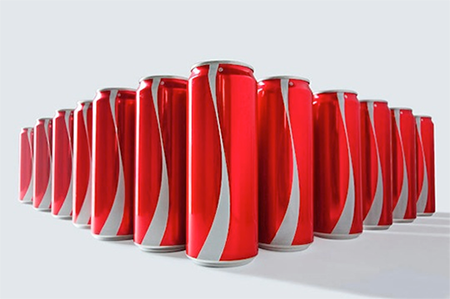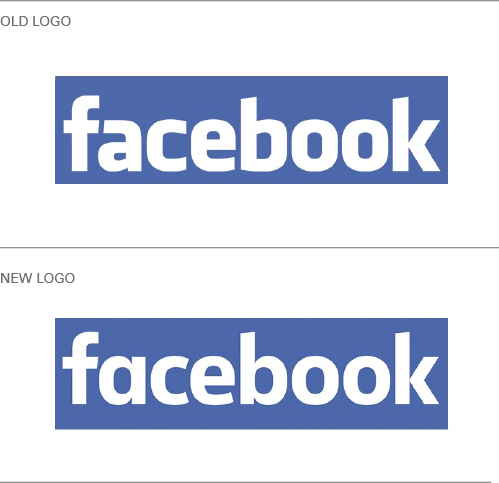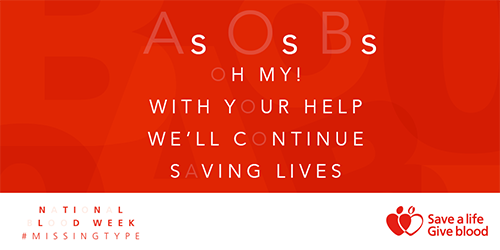Logitechs squeaky clean new logo design look
August 14th, 2015Though perhaps not a brand you’d immediately recognize on The Logo Quiz, Logitech is a computer peripherals company that has been around for over 35 years. Sat quietly sat in the backseat of its glitzier competitors, Logitech has been churning out useful, if not scintillatingly exciting devices since 1981.
Their products may not be as sexy as an Apple Watch – well, as sexy as an Apple anything, really – but that didn’t matter because everyone needs a mouse. In fact, if it hadn’t been for Logitech, we might all still be using the cursor keys to move around our screens.

Posted in: Design, Logo Design,



















